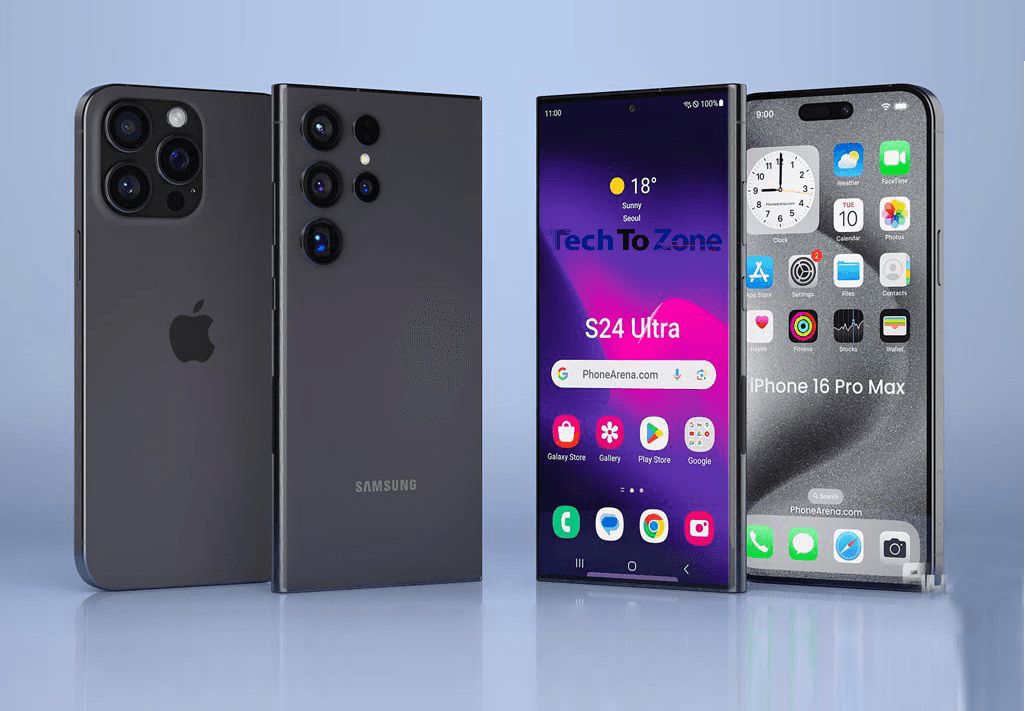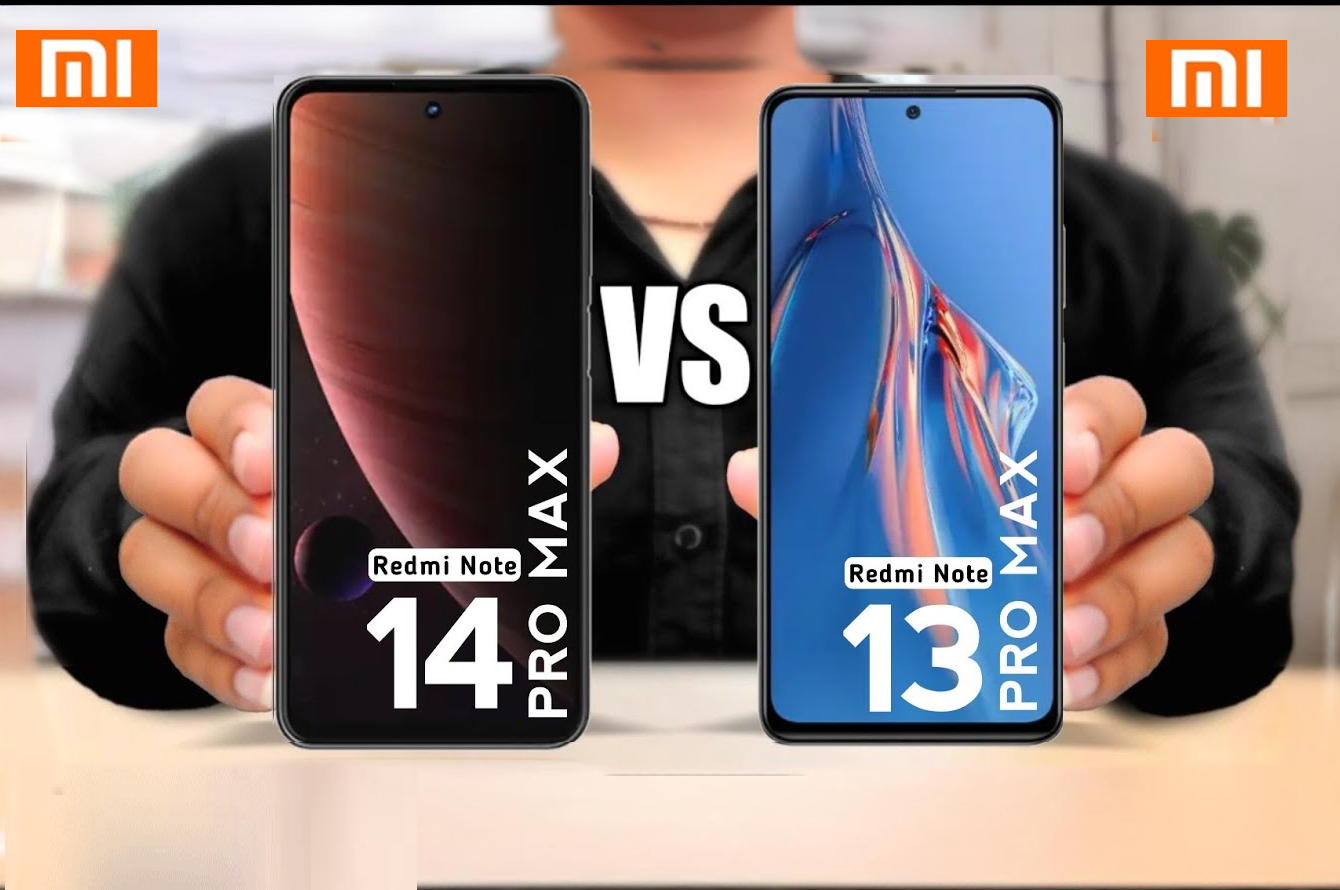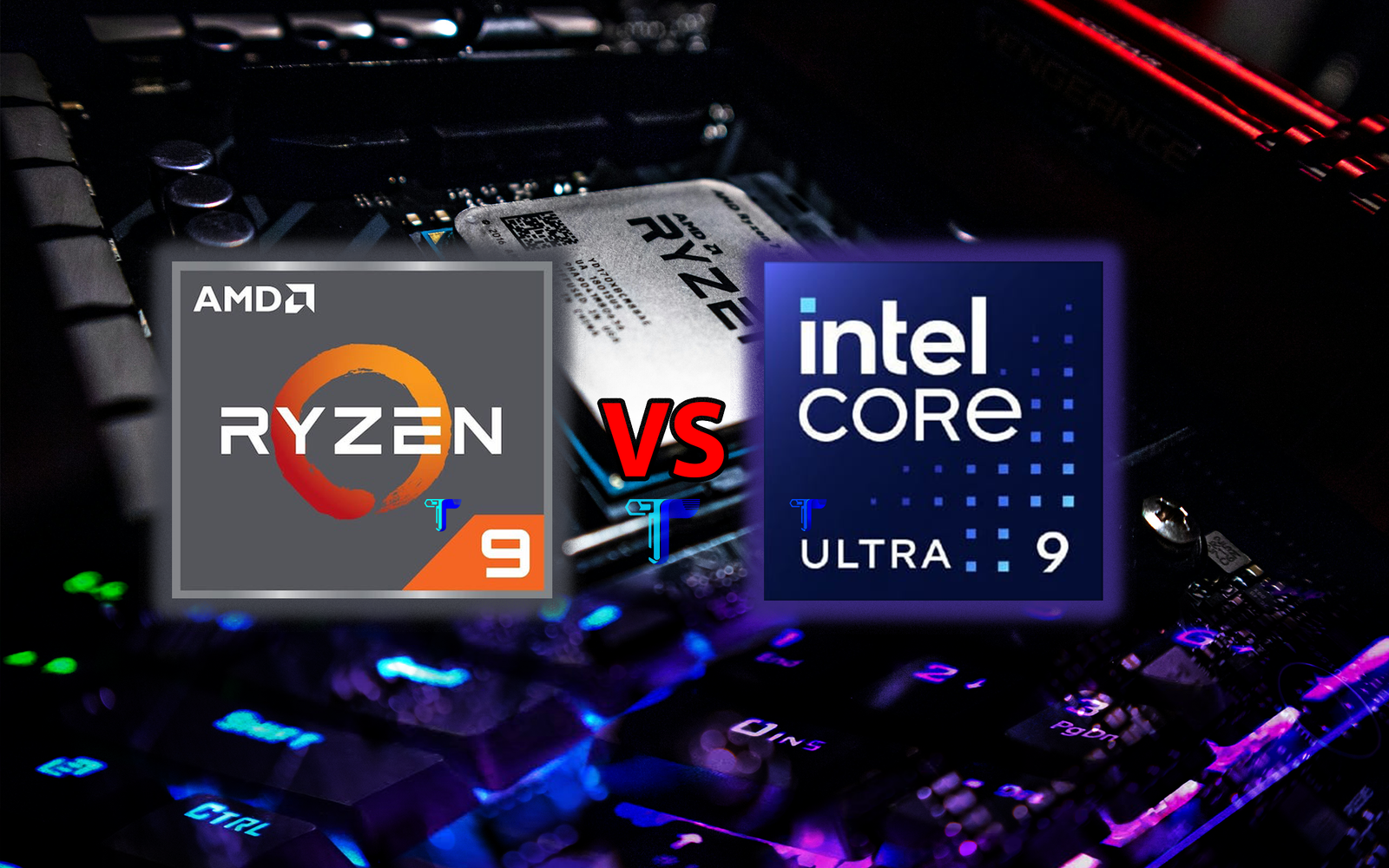The video compares the iPhone 16 Pro Max and the Samsung Galaxy S24 Ultra, focusing on various aspects of their camera performance. In a previous comparison, Samsung led with a score of 6.5 to 4.5 against last year’s iPhone. The current question is whether the new iPhone can reclaim its position as the king of smartphone photography, given its upgraded features.
Sound Quality
The sound quality of the iPhone 16 Pro Max has seen significant improvements. With an upgrade to four microphones (compared to Samsung’s three), Apple has focused on producing higher-quality audio, particularly in terms of wind noise reduction. The iPhone’s recording capabilities now include 360° sound, making it the best-sounding audio phone on the market. In contrast, while Samsung’s audio quality has been strong in the past, this year’s improvements clearly give the edge to the iPhone.
Video Quality
When assessing video quality, the iPhone 16 Pro Max continues its predecessor’s trend of excellence. It surpasses Samsung in most scenarios, especially in ultra-wide shots, where the iPhone captures a wider view with better detail and dynamic range. The Samsung may falter in maintaining information in brightly lit areas, while the iPhone balances exposures more effectively. Both phones feature action modes that stabilize footage, but the iPhone’s higher resolution results in cleaner, smoother video.
Samsung’s 8K video recording does stand out when conditions are perfect, though many users may find the 4K footage from the iPhone more visually appealing due to its overall quality.
Special Modes
In the special modes category, the iPhone has made substantial strides. Previously, Samsung excelled in slow-motion and macro photography, but with the iPhone’s recent upgrades—including the ability to shoot 4K slow-mo and a 48MP ultra-wide camera—the scales have tipped in favor of Apple. The iPhone’s macro capabilities now capture significantly more detail, which is a substantial improvement over Samsung’s offerings.
Selfies and Portraits
Both phones perform admirably in capturing selfies. The iPhone offers options for both narrow and wider selfies, and its wider option indeed captures more scenery. However, Samsung’s portrait selfies showcase warmer skin tones and more vibrant colors, which some users may prefer. The Samsung camera excels in portrait mode, but the iPhone’s new photographic styles allow for skin tone adjustments, making it a contender.
When it comes to video quality from the front cameras, the iPhone consistently delivers better results. It captures less grainy footage, especially in challenging lighting situations, while Samsung’s front camera struggles to retain quality. Additionally, the iPhone performs better in third-party apps like Instagram due to better optimization, which is a common challenge for many Android devices.
Shooting Speed & Camera App
The speed at which photos can be captured is critical, especially for action shots. The iPhone has regained its lead in this area, allowing for faster shooting in high-resolution modes. Its camera app is noted for being intuitive and user-friendly, with many features easily accessible. Samsung, while offering more extensive settings and controls, falls short in shooting speed and ease of use compared to Apple.
Zoom Capabilities
Zoom performance is another area where the two phones differ. Samsung’s 5x optical zoom is higher in resolution and performs well with software processing, giving it an edge in capturing distant subjects. Additionally, Samsung’s 3x zoom camera contributes to maintaining quality across various zoom levels. However, when it comes to portrait mode, the iPhone can capture 24MP images with its main camera, whereas Samsung’s is limited to 12MP.
Core Photo Quality
Apple’s introduction of the 48MP ultra-wide camera gives it a significant advantage, allowing for higher-quality images compared to Samsung’s 12MP ultra-wide. Although Samsung boasts a theoretical maximum resolution of 200MP, practical usage shows that the iPhone’s 24MP photos often yield better results without needing optimal conditions. The efficiency of Apple’s HEIF Max file format means that high-res photos take up less space, encouraging users to keep this setting enabled.
Night Mode
In low-light scenarios, the iPhone again shows its superiority, with less noise and more accurate color representation in videos. While both phones manage decent night photography, Samsung’s images can suffer from overly aggressive noise reduction and color saturation. The iPhone’s ability to retain detail in dark conditions offers a clearer advantage.
Final Score, The iPhone wins this comparison with a score of 6.5 to Samsung’s 4.5, flipping the result from last year’s comparison.
In the battle of smartphone cameras, both the iPhone 16 Pro Max and Samsung Galaxy S24 Ultra bring impressive features to the table. While Samsung excels in zoom capabilities, AI-powered editing, and 8K video, the iPhone 16 Pro Max pulls ahead in sound quality, video performance, and overall photo consistency. Its ultra-wide camera upgrades, faster shooting speeds, and improved low-light handling offer a more reliable, everyday photography experience. Though the competition is fierce, Apple’s refinements make it the top choice for users seeking a balanced and superior camera system.
This camera battle highlights both phones’ strengths, but the iPhone 16 Pro Max’s overall improvements make it the reviewer’s phone of choice.




